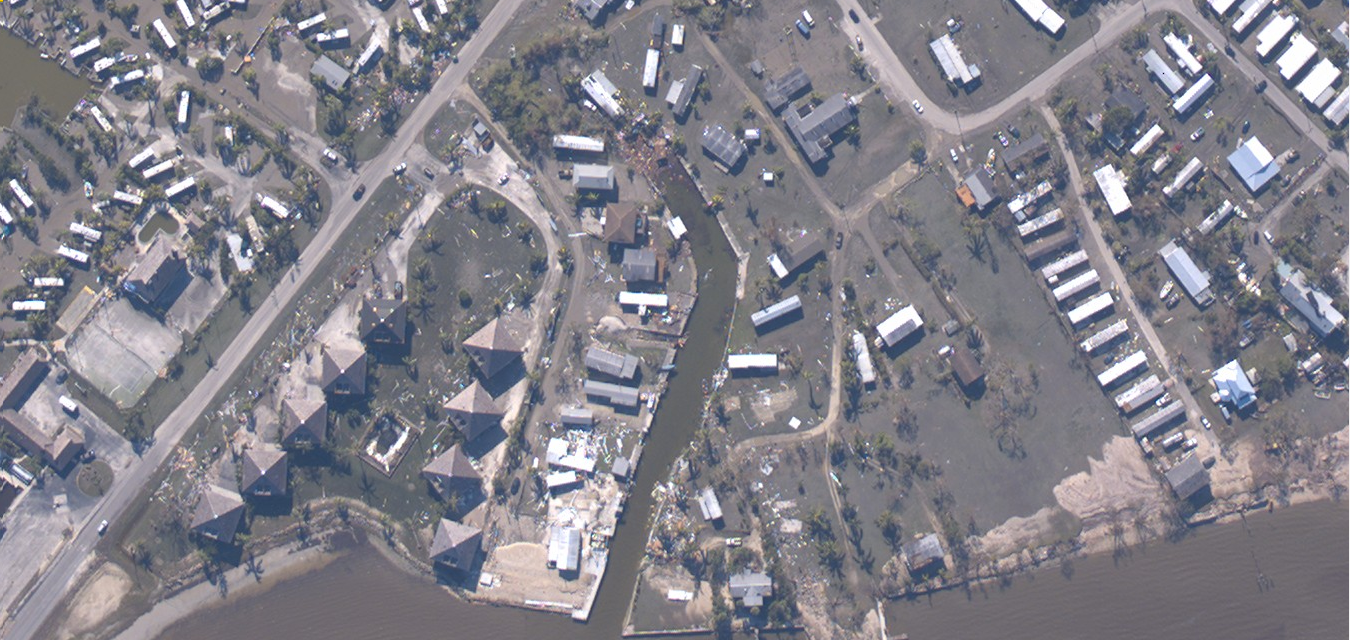1926 - The Great Miami Hurricane
The hurricane made landfall near Perrine, FL, on September 18. The eye passed over Miami, with estimated wind speeds of 150 mph and a storm surge up to 15 ft. While the most significant impacts of the hurricane were concentrated around the southeastern Florida coast, portions of Southwest Florida experienced damage from this storm. A peak storm tide of more than 10 feet affected Captiva and Sanibel islands. Strong winds downed trees and powerlines from Tampa to Naples, and the winds and rains damaged the citrus crop. For more information on the storm, click here.







